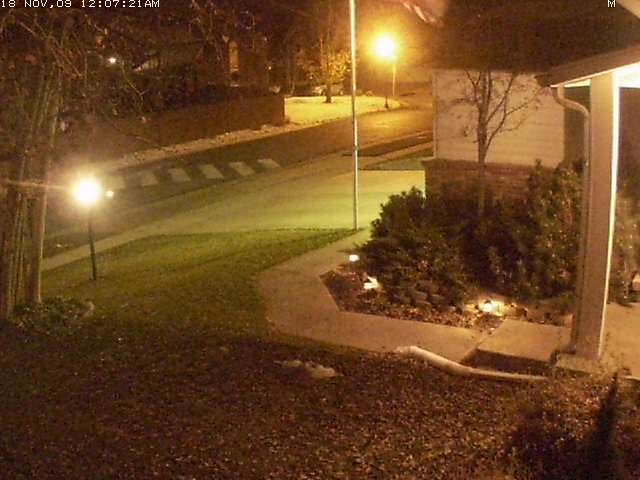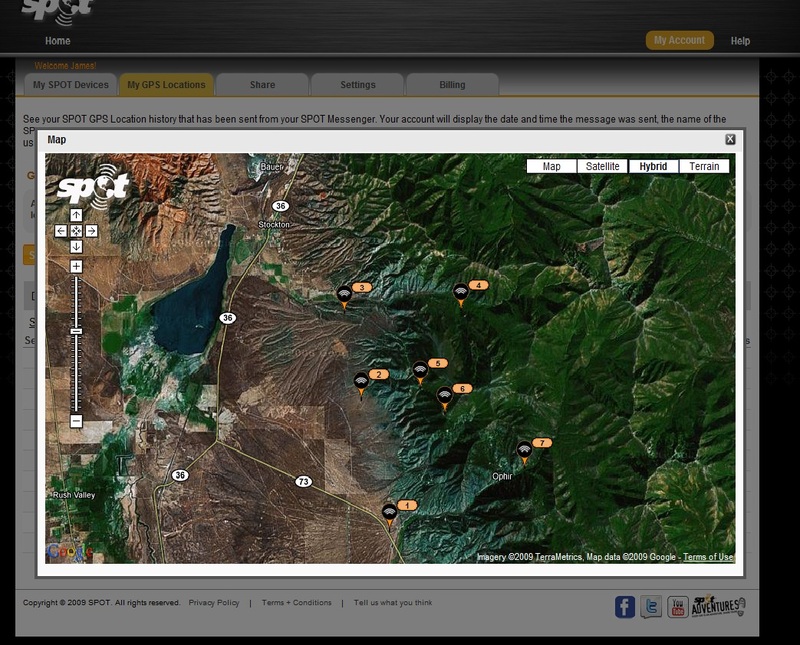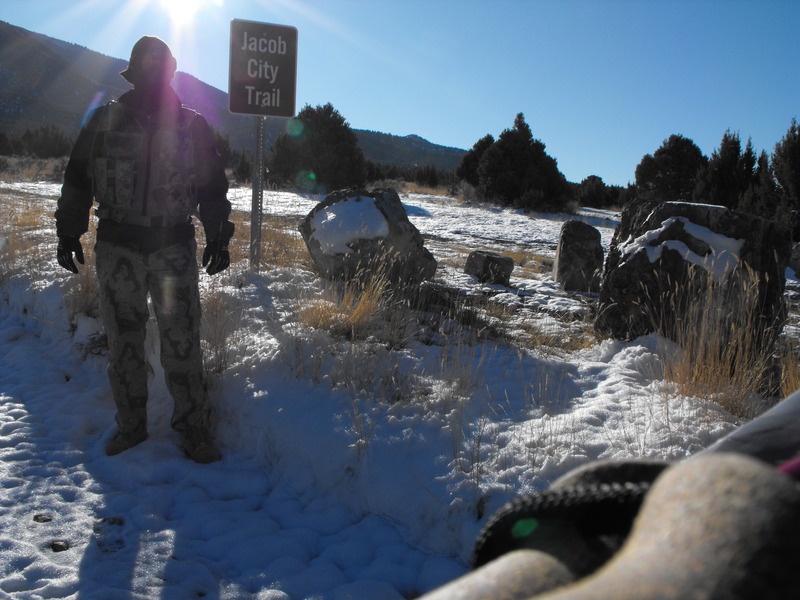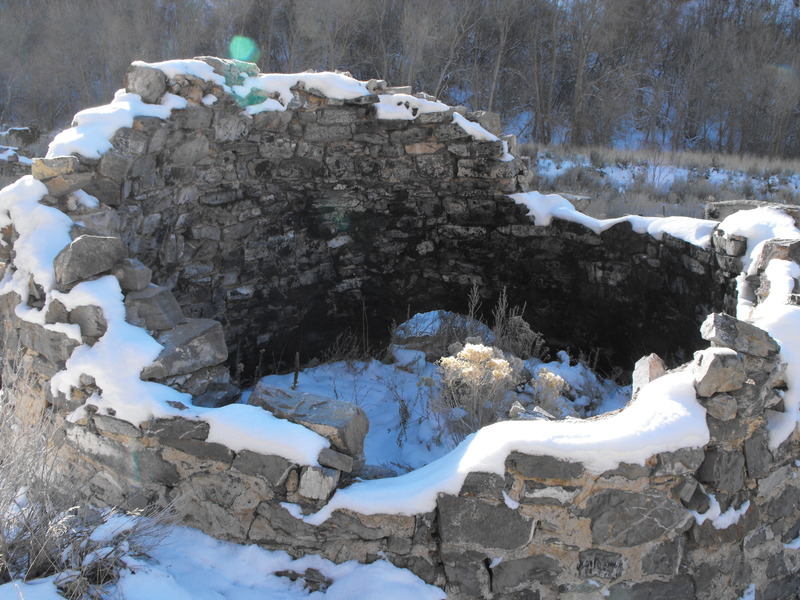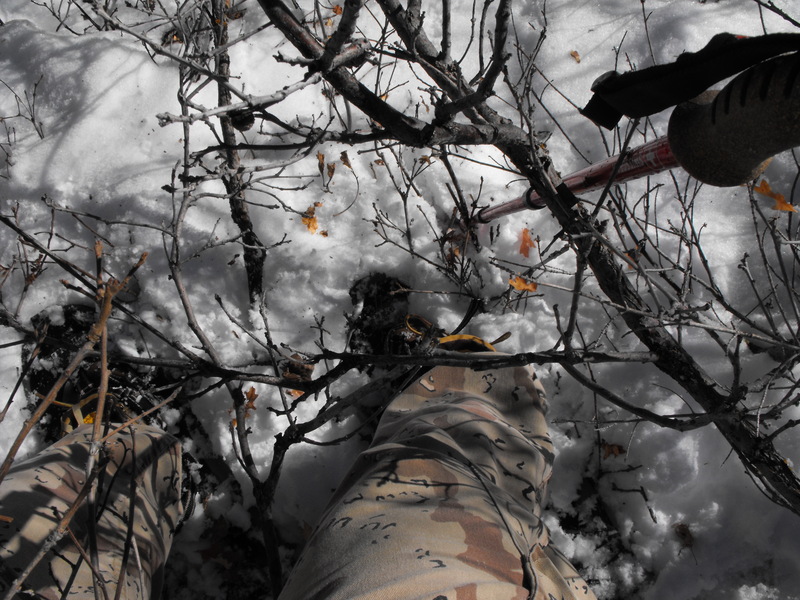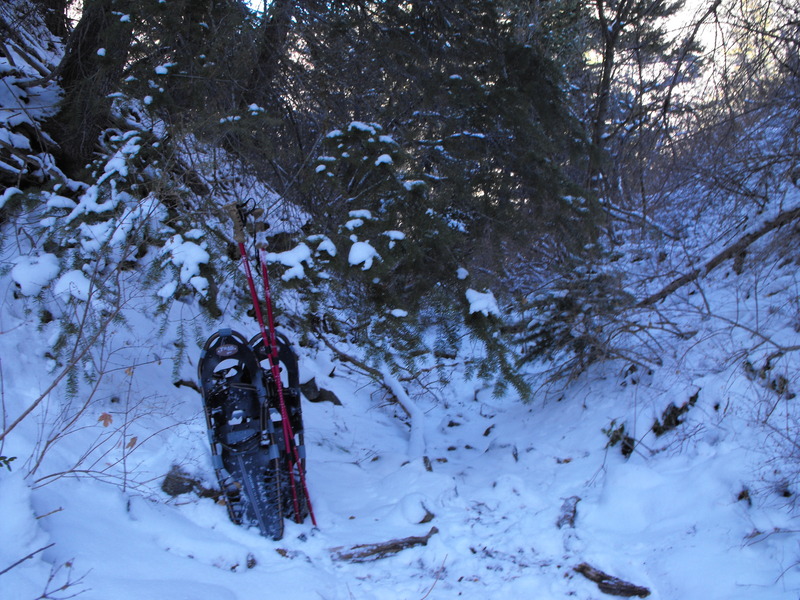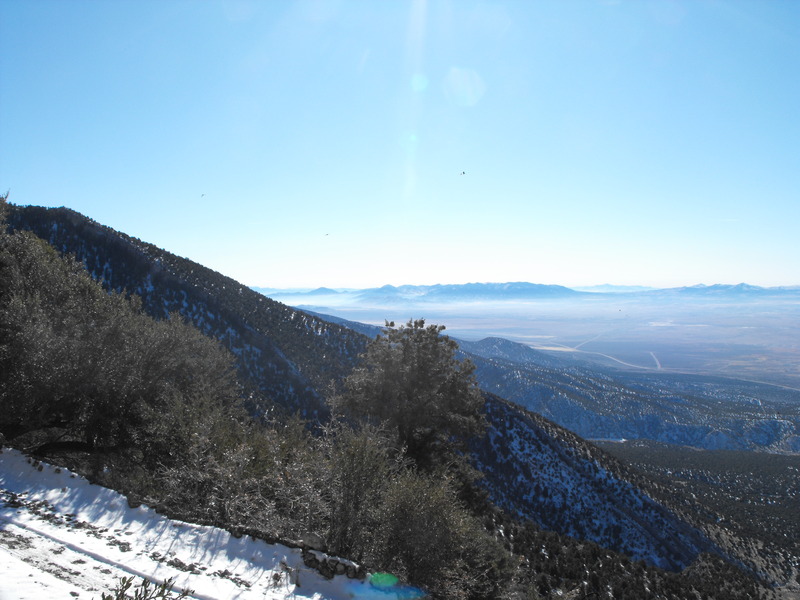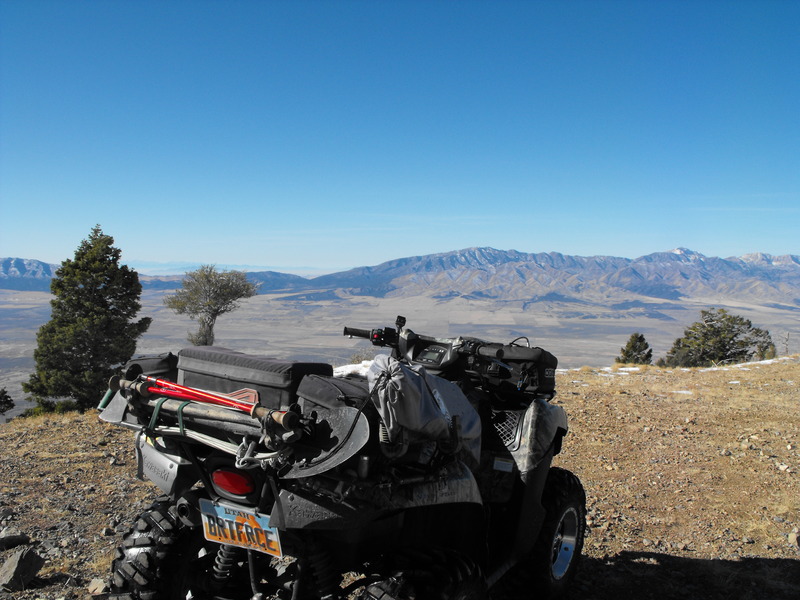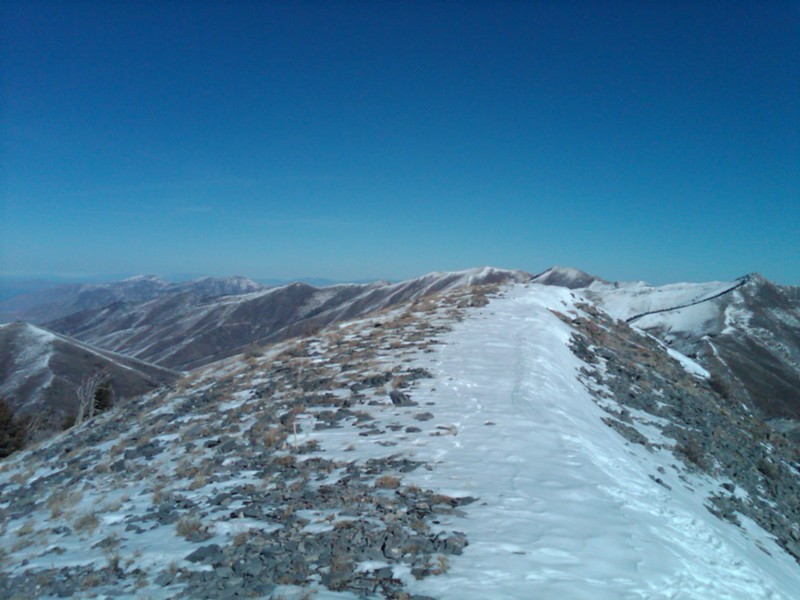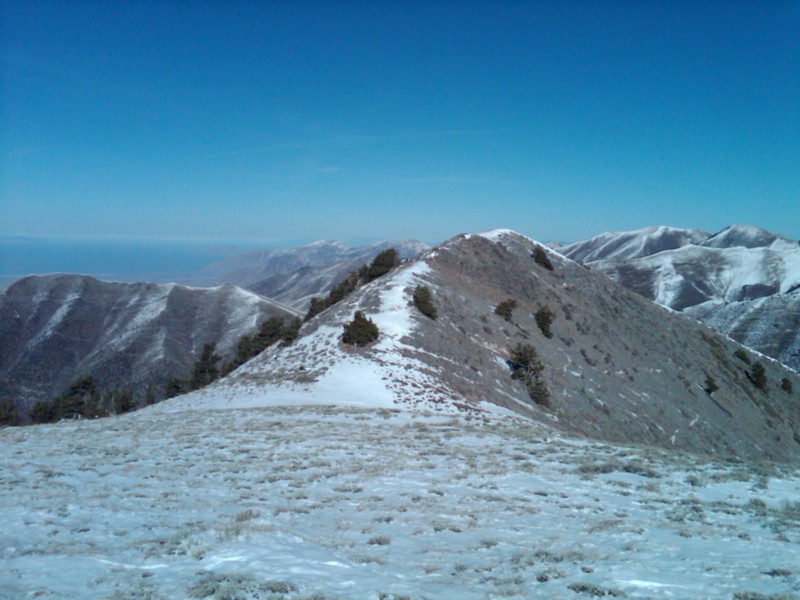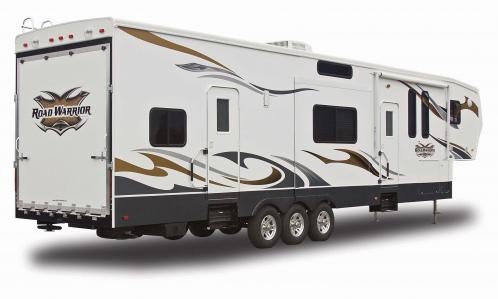The remains of two high-tech World War II Japanese submarines designed to attack the United States mainland have been found off Oahu.
The announcement was made this morning by the National Oceanic and Atmospheric Administration's Undersea Research Lab at the University of Hawaii-Manoa and the National Geographic Channel.
The submarines -- the subjects of a National Geographic special, "Hunt for the Samurai Subs" -- were part of a top-secret Imperial Japanese Navy plan to attack cities on the U.S. mainland, including New York and Washington, D.C.
The I-14 was capable of carrying two fighter bombers while submerged; the I-201 was the fastest attack submarine of its time.
Dr. Hans Van Tilburg, maritime heritage coordinator for NOAA's National Marine Sanctuaries in the Pacific Islands, said the submarines incorporated design and warfare concepts in use today.
"If you look at a sub like the I-201, it was nothing like anybody had in World War II," he said. "It had a streamlined body and conning tower and retractable guns. It looks more like a Cold War sub.
"And the (400-foot-long) I-14 predates the cruise missile concept."
Similar to a modern-day "boomer," the I-14 carried enough fuel to travel around the glode, Van Tillburg said. That meant it could pop up off the East Coast, assemble and launch its folded-wing planes within 10 minutes and then submerge again.
After the war, five of the subs were captured by the U.S. and brought back to Pearl Harbor where they were studied. They were intentionally sunk by the U.S. Navy in 1946 when Russian scientists began to demand access to the technology under terms of the treaty that ended the war.
Since 1992, a team led by Hawaii Undersea Research Lab operations director Terry Kerby has used the manned submersibles Pisces IV and Pisces V to hunt for the Japanese subs.
In March 2005, the team discovered the I-401, which could carry three aircraft.
The I-14 and I-201 were found in February in 3,000 feet of water.
Kerby said the search for the I-14 and I-201 was aided by veterans after the discovery of the I-401 became public.
Joe Gould, who was assigned to be the executive officer of the I-14 while it was at Pearl Harbor, shot 16mm film of the sinking of the sub somewhere off Pearl Harbor.
"As the (camera) panned from Kaena Point to Diamond Head, we were able to pick out landmarks and triangulate a rough position," Kerby said.
Van Tilburg said Japan began working on the new fleet of submarines too late in the war and was only able to produce a small number of them.
"If they had been able to produce them earlier, it might have turned the tide in some battles," he said.
None of the submarines' missions were carried out.
"Hunt for the Samurai Subs" premieres Nov. 17 on the National Geographic Channel.

